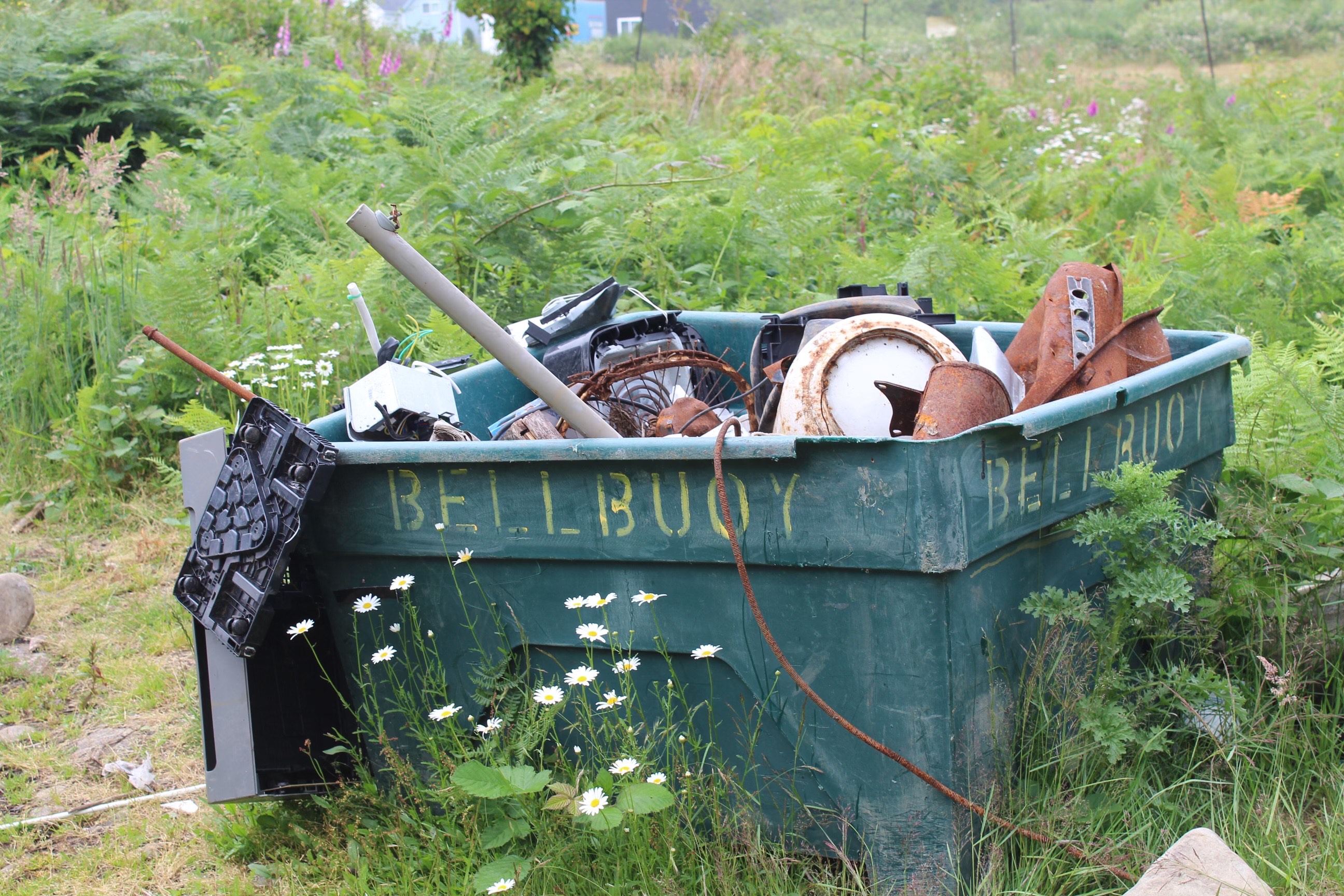Skagit County elk damage could be $1.5 million
Published 9:37 am Friday, January 4, 2019

- Elk gather in a field in Skagit County, Wash.
Skagit County, Washington, farmers may report roughly $1.5 million annually in elk damage by the time a yearlong survey is done, the county’s assessor, Dave Thomas, said Wednesday.
The survey is about three-quarters finished, and 77 landowners have reported losses averaging $15,000 per farm. Some farmers submitted comments with their damage estimates, Thomas said.
“There are a lot of underlying aspects to this that aren’t being reported in the survey results,” he said. “The most frustrating thing we’re hearing is that they’re having to go out and repair fences on a regular basis.”
The elk occupy valleys in eastern Skagit County and are in a herd that the state Department of Fish and Wildlife and American Indian tribes bolstered 15 years ago. Elk were rounded up around Mount St. Helens, trucked to Skagit County and released in hills. The herd grew and elk moved down onto private land.
Farmers say elk are eating food crops and livestock forage, damaging pastures and destroying hay bales, as well as breaking down fences. State lawmakers directed the Department of Fish and Wildlife to get elk off farmland. The department has not had any apparent success.
The assessor’s office asked farmers to estimate their losses as part of a routine survey of whether their land still qualifies to be classified as income-producing agricultural land.
As of December, the county assessor’s office had 99 responses from farmland owners in the elk-occupied valleys. More than three-quarters reported damage, according to the assessor’s office. Some specified losses, while others estimated losses more roughly. If other farmers report similar damages, losses will total $1.5 million and be slightly higher than Thomas projected midway through the survey.
Only property owners with land designated for agriculture received the survey. Losses to gardens and other nonfarm property are not included. “If others had received the survey, the loses would have been much higher,” Thomas said.
Farmers are eligible to apply for up to $10,000 in compensation for damage to commercial crops. Applicants must hire an adjuster, submit business and tax records, and open their land to hunters. No one has filed a claim since 2016, the Department of Fish and Wildlife reported last year.
Skagit County Farm Bureau President Bill Schmidt said filing for compensation was a “pain” and that some landowners, including himself, object to opening their land to hunters they don’t know.
“I don’t see why we have to do it to get something off our land that’s creating damage,” he said.
The department should allow landowners to shoot more elk and to increase hunting, with landowner permission, Schmidt said.
Efforts to obtain comment Wednesday from the Department of Fish and Wildlife were unsuccessful.
The department issues “kill permits” allowing landowners to shoot an elk to curb damage. Among the hundreds of elk in the valleys, 16 were shot by landowners with the permits in 2018, according to a state report.
The Department of Fish and Wildlife has tried hazing elk. With a dairy farmer’s permission, the department recently set up a motion-activated propane cannon to chase elk from a hay field. After a week, a nearby property owner complained because the cannon went off several times at night.









